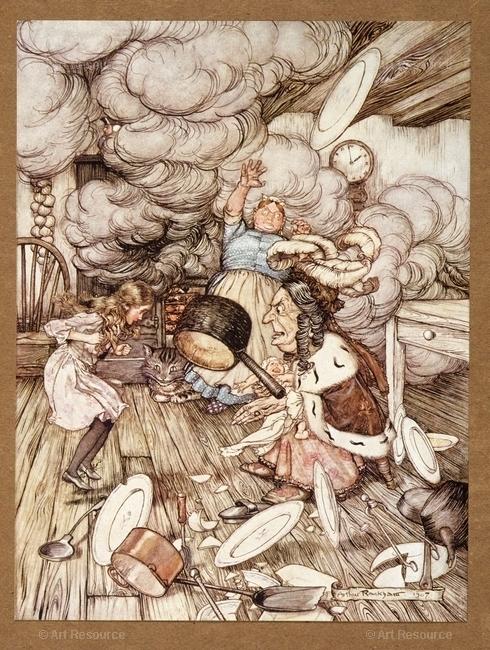It is getting harder to do more than write off the cuff. Play it by ear. Reading the news has become painful enough. Responding to it coherently, and in a timely way, seems increasingly futile. Insanity rains down on us at such speed I can’t keep up. I am in awe of others who can. I honor anyone able to grasp a starting point within chaos, capable of imposing order on discussion of it. And has the stomach to discern its destination. Continue Reading




